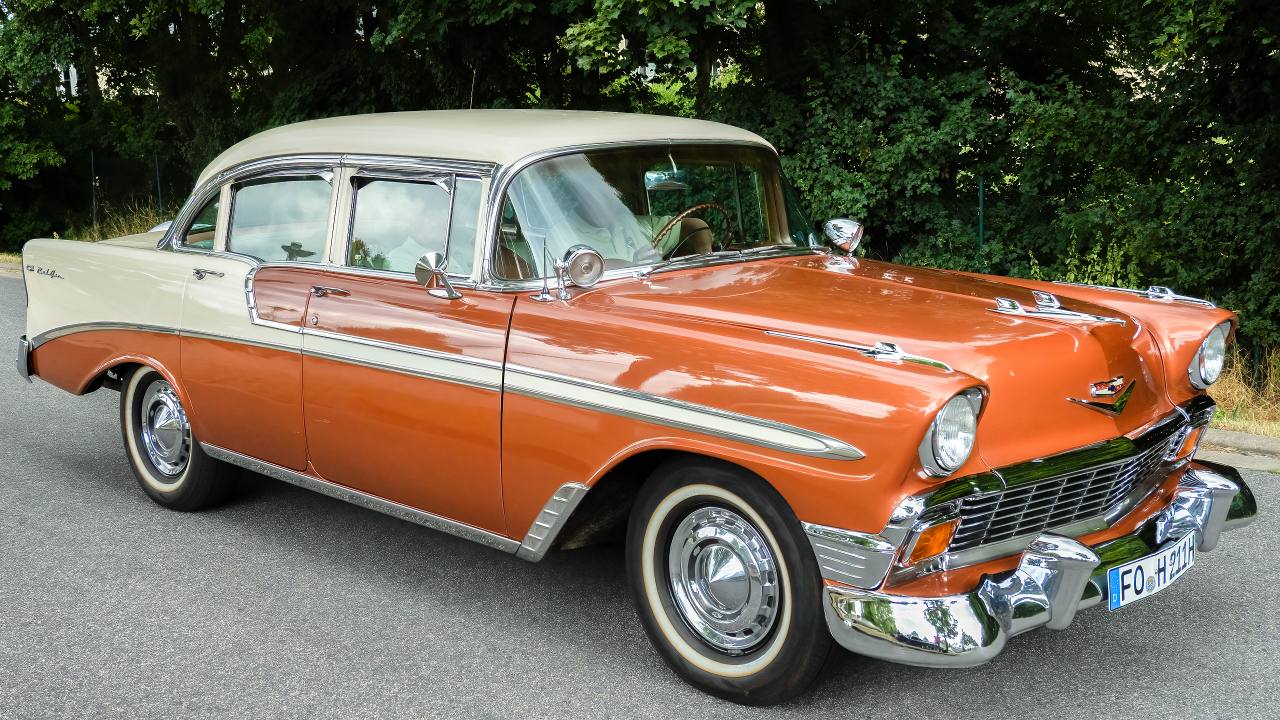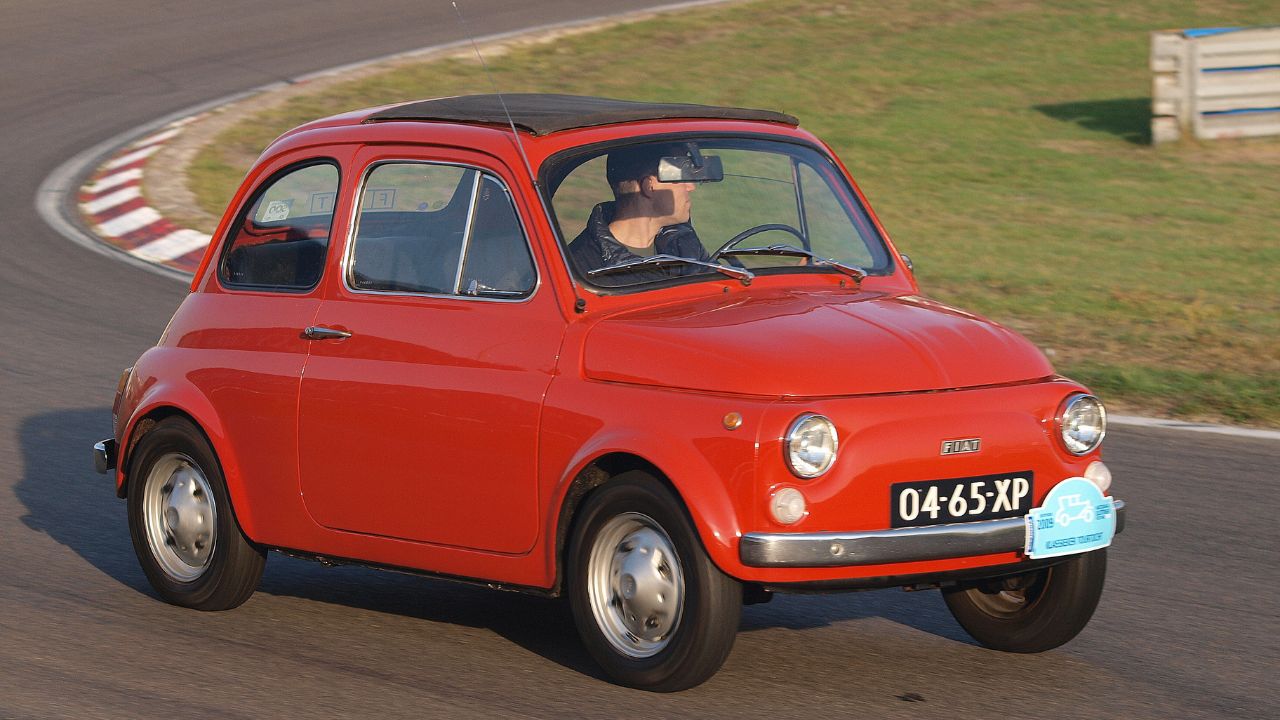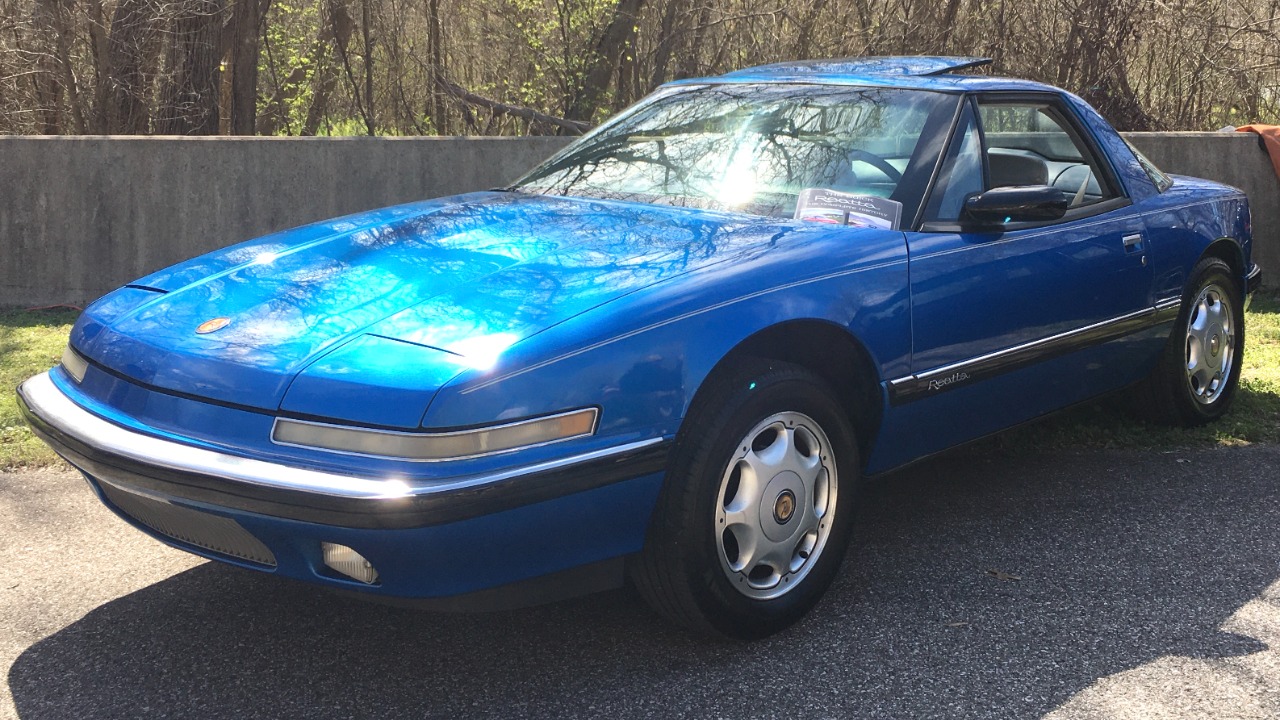In the early days of automotive engineering, manual chokes were a crucial component of vehicle operation. As technology evolved, these devices became obsolete, but understanding their function provides valuable insights into the history of automobile development. Delving into why cars once used manual chokes reveals how these components helped engines operate smoothly and why they eventually became a relic of the past.
The Purpose of a Manual Choke

Manual chokes played an essential role in regulating the air-fuel mixture in carbureted engines. During the combustion process, a precise blend of air and fuel is necessary for optimal engine performance. In older vehicles, especially those equipped with carburetors, achieving this balance was challenging, particularly during cold starts. A manual choke helped to enrich the mixture by restricting air flow, making it easier for the engine to start and run smoothly in colder temperatures.
Without a manual choke, starting an engine in cold weather could result in prolonged cranking and increased wear on the starter motor. By manually adjusting the choke, drivers could ensure that the air-fuel mixture was rich enough to ignite quickly, which was crucial before the advent of electronic fuel injection systems. In contrast, modern fuel injection systems automatically adjust the air-fuel ratio, providing a more seamless and efficient start-up process. This automation removes the need for driver intervention and reduces the likelihood of problems associated with manual chokes.
How Manual Chokes Operate

The operation of a manual choke involves a simple yet effective mechanism. Typically, a cable connected to the choke knob inside the vehicle allows the driver to manually adjust the position of the choke valve located in the carburetor. Pulling the knob closes the choke valve, reducing air intake and increasing fuel richness in the mixture. This adjustment is particularly beneficial during cold weather, as it helps to compensate for the denser air and facilitate engine ignition.
To start a cold engine with a manual choke, a driver would pull the choke knob to the “closed” position, turn the ignition key, and crank the engine. Once the engine started and warmed up, the driver would gradually push the choke knob back to the “open” position, allowing more air to mix with the fuel. This manual adjustment required a certain level of skill and understanding of engine behavior, as improper use could lead to engine flooding or stalling.
Challenges and Limitations of Manual Chokes

While manual chokes were instrumental in starting engines, they came with their set of challenges. One common issue faced by drivers was the risk of engine flooding. If the choke was left closed for too long after starting the engine, excess fuel could enter the combustion chamber, leading to flooding and making the engine difficult to start again. This required drivers to be attentive and experienced in managing the choke effectively.
Another challenge was the maintenance and periodic adjustment of the manual choke system. Over time, components like the choke cable could wear out or become misaligned, affecting the choke’s functionality. Regular maintenance was necessary to ensure that the choke operated smoothly and reliably. Additionally, manual chokes impacted fuel efficiency and increased vehicle emissions, as running the engine with an overly rich mixture caused higher fuel consumption and more unburned hydrocarbons in the exhaust.
The Transition to Automatic Chokes and Fuel Injection

Technological advancements in automotive engineering led to the development of automatic chokes, which addressed many of the limitations associated with manual chokes. Automatic chokes used bimetallic springs or thermostatic control to adjust the choke valve position based on engine temperature, eliminating the need for driver intervention. This innovation provided greater convenience and improved engine performance by ensuring optimal air-fuel mixtures across varying conditions.
The introduction of electronic fuel injection systems marked a significant leap forward in engine technology. Unlike carbureted systems, fuel injection systems precisely control the delivery of fuel to the engine, allowing for better fuel economy, lower emissions, and improved performance. The transition to these systems meant that manual and automatic chokes became obsolete, as the electronic systems could automatically adjust to temperature changes and other variables without driver input.
Legacy and Impact on Modern Automotive Technology

The legacy of manual choke technology is still evident in modern vehicle design and engineering. The challenges and limitations faced by earlier automotive systems provided valuable lessons for future innovations. Engineers learned the importance of precision in air-fuel management, which paved the way for more efficient and environmentally friendly engine technologies.
Understanding the history of manual chokes also highlights the evolution of automotive technology from mechanical to electronic systems. This transition has led to the development of vehicles that are not only more reliable and efficient but also more user-friendly. By reflecting on past technologies like manual chokes, we can appreciate the strides made in the automotive industry and the potential for future innovations that build on this foundation.
The lessons learned from the era of manual chokes continue to inform ongoing advancements in automotive engineering. As we move towards more sustainable and efficient vehicle technologies, the understanding of past challenges and solutions can inspire the development of future systems that prioritize both performance and environmental responsibility.
Like Fast Lane Only’s content? Be sure to follow us.
Here’s more from us:
*Created with AI assistance and editor review.







Leave a Reply